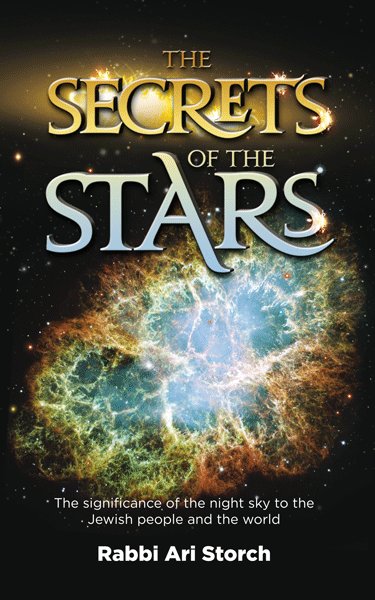Pasuk 16 refers to the sun and the moon as "shnei hame'oros hagedolim", the two large luminaries but concludes by referring to the sun as the "maor hagadol" and the moon as the "maor hakaton". On this pasuk there is the well-known Rashi, quoting the Midrash, that the moon and the sun were created equal but the moon complained that "two kings cannot share one crown". Therefore, it was reduced to a smaller luminary. However, this is certainly an allegorical understanding of the pasuk. What, then, is the simple understanding?
In In the Beginning: Biblical Creation and Science, a fascinating book reconciling the Biblical account of creation with modern science, Professor Nathan Aviezer offers an eye-opening interpretation. An astronomical body is measured both by its true size and by its apparent size or angular diameter. The apparent size specifies how large it appears to an observer on Earth. This figure is the ratio of the true size of the object to its distance from the Earth. This figure is expressed as the angle that the object subtends from the position of an observer on Earth. That means, if you were pointing to the bottom of the object, the apparent size is the number of degrees you must rotate your arm to be pointing at the top of the object. The sun is 400 times bigger than the moon. It is also exactly 400 times further away from Earth. As a result, the apparent size for the sun and moon are identical at 0.53 degrees! Now we can understand the pasuk as follows: The first part of the pasuk is referring to the point of view of an Earth observer. From our point of view, the sun and moon are the biggest heavenly bodies and in fact, appear identical in size. The second part of the pasuk refers to the true size of the sun and moon.
Please see Pi's comment below with some nice alternative understandings of this פסוק.


1 comment:
I've been thinking about this for a while, and I even discussed it with a few people last Shabbos. I agree partly with Prof. Aviezer's explanation, but not entirely.
The Torah generally describes things in terms of perceptions of human beings on Earth. So I agree that "the two big luminaries" refers to the sun and moon's equal size, as perceived by us human observers on Earth, and in fact both the sun and the moon appear to us much larger than the (other) stars, referred to at the end of the pasuk.
But I do not agree that the second part of the pasuk refers to the true sizes of the sun and the moon. The Torah does not generally describe physical things in terms that human beings on Earth cannot perceive. How can we observe that the physical diameter of the sun is 400 times that of the moon? So what is the true meaning of "the big luminary ... and the small luminary"?
I suggest that the comparison refers not to physical size but to the amount of illumination provided to us by the respective bodies. The sun is "the great luminary" as it clearly provides us with more light than the moon, "the lesser luminary".
Ephraim Stulberg suggested an alternative explanation. The moon as we see it waxes and wanes in a monthly cycle. While it is true that the sun and moon appear the same size to us, that is only when the moon is full. When the moon is in any other phase, its lit-up portion is smaller than the sun, often considerably so. So "the two big luminaries" refers to their equal size when we see them full; "the big luminary" refers to the sun as its size never diminishes, while "the small luminary" refers to the moon as it appears smaller than the sun when its phase is anything other than full.
All of which reminds me of the Chelm joke, in which the Chelmites decided that the moon was more important than the sun, as the moon provides light at night when it's dark out, while the sun provides light during the day when it's already light!
Post a Comment